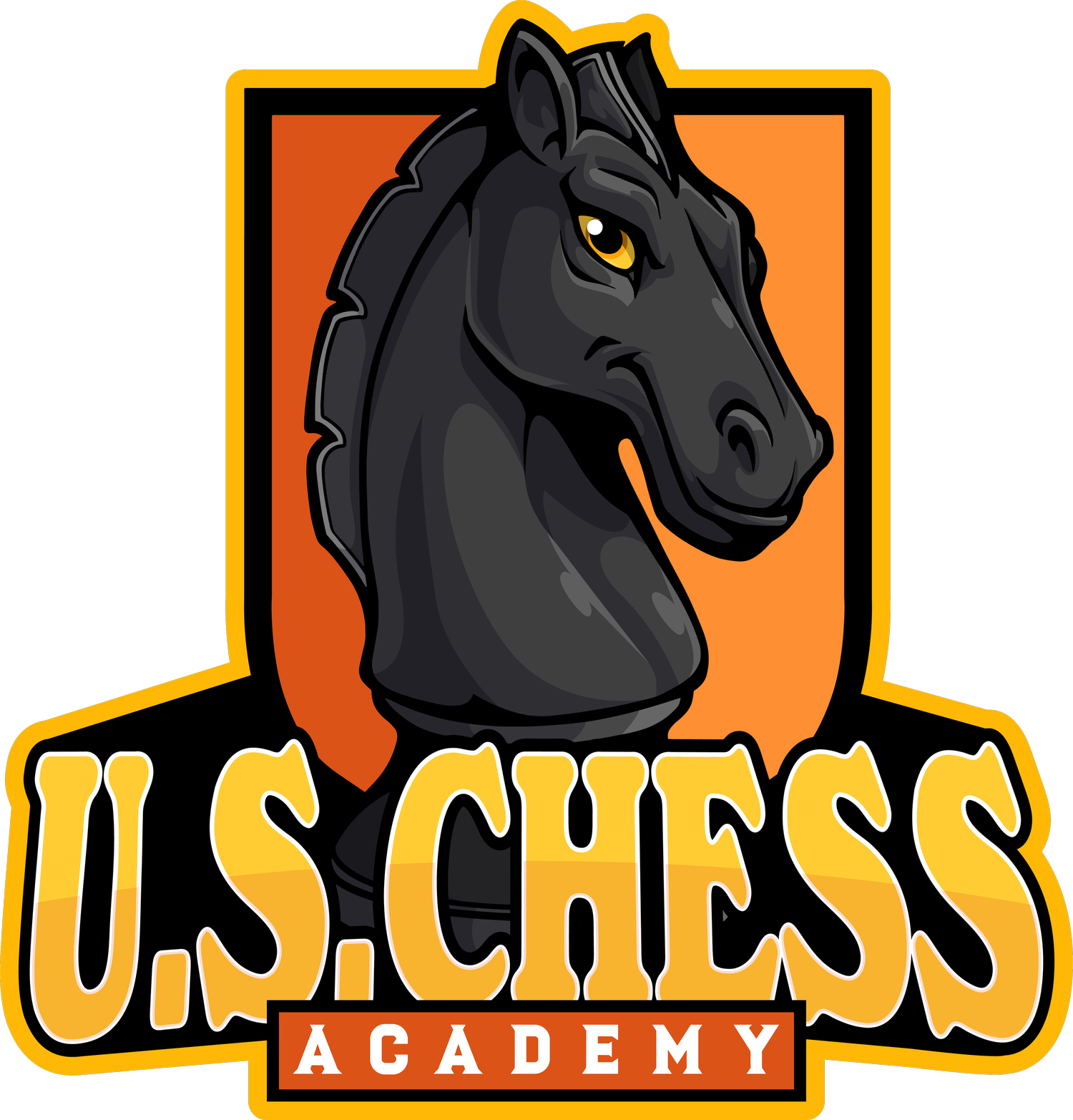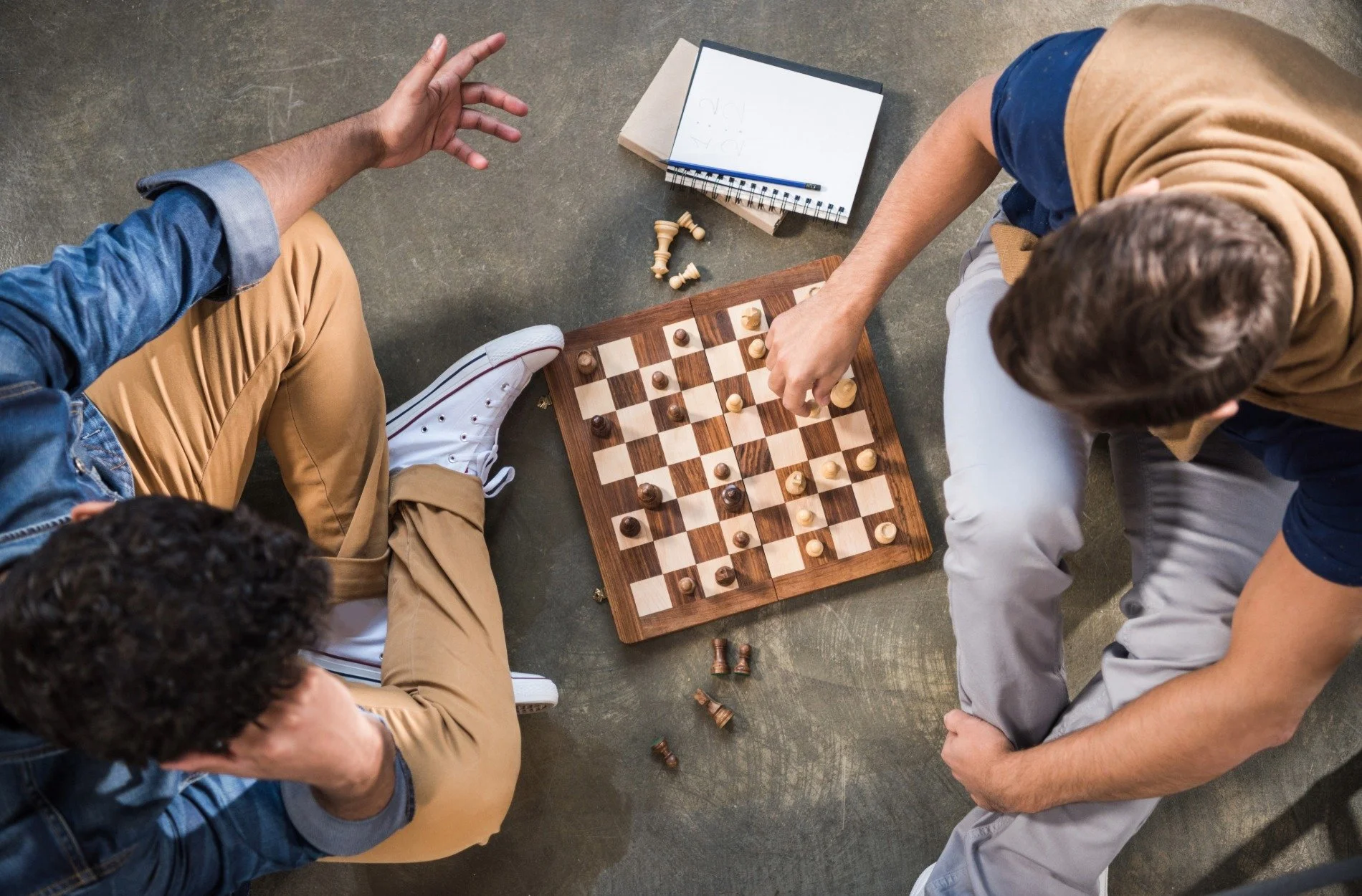Balancing Chess Theory and Practice in Training
Building strong chess skills takes more than just learning moves from a book or watching games online. It’s easy to fall into the trap of focusing too much on studying and not enough on applying what’s been learned. Or, the other way around, playing over and over without understanding the mechanics behind your decisions. The key to better chess growth lies in finding the right mix of theory and practice.
When you hit that balance, your confidence and understanding can increase naturally. You start seeing how ideas tie together. Patterns become clearer and your decisions get faster. Whether you're just starting out or already competing, combining study with hands-on play helps you keep improving steadily. This is especially useful for players in Manhattan, NY looking for structured growth during the fall and winter months when indoor focus comes easier.
Understanding Chess Theory
Chess theory includes everything you study to understand the game beyond just playing it. This covers common openings, proven tactics, endgame templates, and typical strategies used in various positions. It's the foundation that shapes the way experienced players think about what's happening on the board, even before they touch a piece.
A good way to think about theory is like preparing for a test. You're learning principles and rules, not just specific answers. The better your grasp on these ideas, the easier it is to respond when your opponent tries something unfamiliar. Theoretical knowledge also helps in knowing what to expect from certain positions. This makes it less scary to play against someone aggressive or experienced.
The most useful parts of chess theory often include:
1. Opening theory: Knowing how to start the game in a way that sets strong foundations
2. Middlegame planning: Learning common ideas found in certain pawn structures or setups
3. Endgame knowledge: Understanding what strategies help you win when few pieces are left
When players spend time on theory, they sharpen their vision. They don’t just move because a move looks right. They move with purpose. This helps bring order to their play, especially when games begin to feel overwhelming. But theory on its own isn't enough. That’s where real-world playing experience becomes so valuable.
The Role Of Practical Play
Theory shapes ideas, but practice tests them. No amount of reading will replace the lessons learned from playing real games. Practical play trains your instincts. It’s how you learn to stay calm under pressure, handle unexpected moves, and recognize patterns faster without needing to pause after every turn.
Playing helps to connect your study time with real decisions. Whether you're competing in quick casual matches or longer tournament-style games, there's a lot to gain from hands-on experience. This is especially true in a competitive but supportive environment like Manhattan, where chess has become a widely trusted skill-building activity.
Here’s how practical play helps solidify your learning:
1. It teaches you the rhythm of real games and how to manage your time
2. Mistakes made in real matches stick with you more than those spotted while reading
3. You start identifying openings and tactics more quickly in actual games
Think of it like learning to ride a bike. You can read about how to balance, pedal, and stop, but until you actually try it, those words don’t mean much. Practice builds your chess muscle memory, giving you a feel for different situations without overthinking each time. When backed by strong theory, practice is where all the ideas come together.
Integrating Theory and Practice in Training
It’s one thing to know what to study and play, but synchronizing both into your schedule can make a huge difference. Many players forget to measure how balanced their approach actually is. You may find yourself studying tactics for an hour straight one day, then playing only blitz games the next, with no real connection between the two. A better method is to design a training structure where each part supports the other.
Start by breaking your week into focused sessions. For example, if you train four days a week, dedicate two days to studying and two days to gameplay. Make small tweaks depending on how you’re progressing. During study days, replay classic games or review opening lines you're struggling with. On your practice days, play games with the goal of testing those same patterns under real pressure.
Here’s a sample weekly routine to help manage theory and practice:
- Monday: Analyze two or three middle-game themes using annotated games
- Wednesday: Review one opening variation and solve 10 tactical puzzles
- Friday: Play two long games (30-minute time control), then briefly review each
- Sunday: Endgame study followed by one rapid game where that knowledge may apply
Another way to bring things together is by using online chess tools to reinforce learned concepts. This includes game analysis software that shows alternative moves and tactics trainers that target weak areas you’ve seen come up repeatedly in your games. When used correctly, tech can point out things you wouldn’t catch otherwise. Just remember, the goal is not to replace play, but to shape it.
Benefits of Private Chess Classes in Manhattan, NY
For many players in Manhattan, chess can sometimes feel like a solo effort. You study alone, play online or at the park, and maybe swap tips with a few peers. But having a personalized approach through private lessons offers guidance that’s hard to match when you’re self-training.
One big advantage of private chess classes is that they can immediately identify small mistakes before they turn into habits. Let’s say you always push the same pawn structure in your opening setup even when the board calls for something else. A coach will spot that quickly and redirect your approach. That feedback loop helps sharpen both your theoretical knowledge and your actual gameplay.
Private lessons also allow players to work on concepts they otherwise wouldn’t focus on. Some areas, like positional trade-offs or handling unfamiliar gambits, often get skipped over in random study. During a private session, those topics are part of the plan. Lessons are mapped out around your specific level and goals, whether you're a casual player or preparing for formal tournaments.
And because you're working one-on-one, the pace adjusts to how you learn. This means spending extra time on an endgame that's tricky or moving quickly through an opening system you've already grasped. Over the colder months in Manhattan, when outdoor events start slowing down, these classes become a steady way to keep growing your chess skills in a focused indoor setting.
Building Stronger Chess Habits Starts Here
Chess growth comes from staying connected with both the what and the how. Learning the ideas behind good moves gives you structure. Playing real games teaches you how to apply them under pressure. When you train these areas consistently, your understanding deepens and your decisions get sharper.
A balanced schedule keeps learning from feeling stale. Mixing mental study with real-time challenges helps build habits that last. You start to lean less on memory and more on intuition, seeing several steps ahead without pausing every time. That shift happens little by little, and it’s driven by regular, thoughtful training.
If you're in Manhattan and working on your game, fall and winter are perfect times to build your rhythm. More time spent indoors can actually mean more quality learning time. With the right mix of theory and practice and good support, your pieces stop feeling like wooden figures on a board. They become tools you’re learning how to steer, move by move.
Balancing your chess training with the right mix of theory and practice can genuinely elevate your game. For those in Manhattan looking for a structured path and personal guidance, consider the benefits of private chess classes. These sessions offer a tailored approach, helping to fine-tune both strategy and execution. To find out how United States Chess Academy can support your progress, explore what we offer today.

